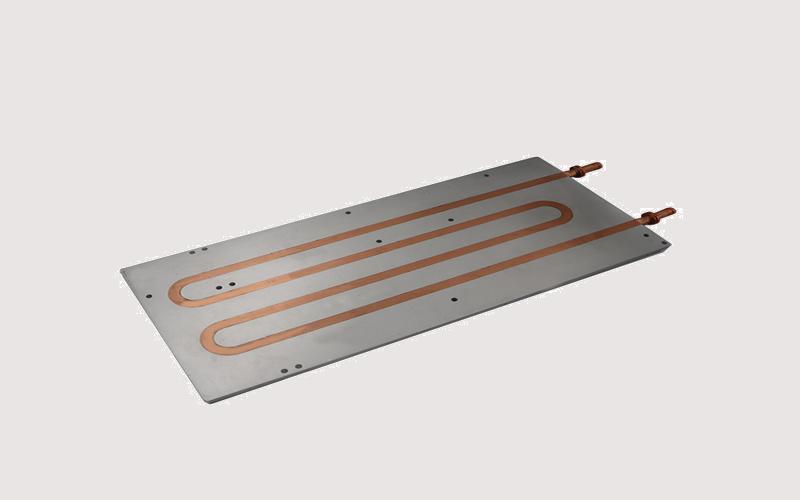What is the purpose of a cold plate?
A cold plate, also known as a thermal plate or heat sink, is a device used to cool electronic components, equipment, or systems. Cold plates are commonly used in various industries, including electronics, aerospace, automotive, and medical. In this article, we will explore the different aspects of cold plates and their importance in thermal management.
The Basics of Cold Plates
Cold plates are typically made of thermally conductive materials, such as aluminum or copper, which efficiently transfer heat away from the source. The design of a cold plate involves a flat surface with a network of channels or grooves that allow a cooling fluid, usually water, to flow through. The fluid absorbs heat from the components and carries it away, ensuring effective cooling.
Thermal Management in Electronics
Electronics generate heat during operation, and excessive heat can lead to reduced performance, premature component failure, or even system shutdown. Cold plates play a crucial role in thermal management by dissipating this heat, maintaining optimal operating temperatures, and preventing damage to sensitive electronic components.
Applications of Cold Plates
Cold plates find applications in various industries and systems. Some common uses include:
- Power Electronics: Cold plates are widely used in power electronic systems, such as inverters, motor drives, and power supplies, to cool high-power components like transistors and diodes.
- LED Lighting: Cold plates help dissipate heat generated by high-power LEDs, preventing overheating and extending their lifespan.
- Laser Systems: Cold plates are used to cool laser diodes, amplifiers, and other laser system components, ensuring stable and reliable performance.
- Medical Equipment: Cold plates are employed in medical devices like MRI machines, X-ray systems, and laboratory equipment to cool sensitive electronics and maintain accuracy.
- Telecommunications: Cold plates play a vital role in cooling electronic components in telecommunications infrastructure, such as base stations and data centers.
Advantages of Cold Plates
Using cold plates for thermal management offers several advantages:
- Efficient Heat Dissipation: Cold plates provide direct contact with the heat source, ensuring efficient heat transfer and dissipation.
- Uniform Cooling: The flow of cooling fluid through the channels or grooves of a cold plate ensures uniform cooling across the entire surface, preventing hotspots.
- Compact Design: Cold plates can be designed to fit specific applications, allowing for space-saving and efficient integration into electronic systems.
- No Fans or Moving Parts: Unlike other cooling methods, cold plates do not require fans or moving parts, eliminating noise, vibration, and potential points of failure.
- Customizable Options: Cold plates can be customized with different channel designs, materials, and sizes to meet specific cooling requirements.
Factors to Consider in Cold Plate Selection
When choosing a cold plate for a particular application, several factors should be considered:
- Thermal Conductivity: The material used in the cold plate should have high thermal conductivity to facilitate efficient heat transfer.
- Fluid Compatibility: The cooling fluid should be compatible with the cold plate material to prevent corrosion or other issues.
- Pressure Drop: The design of the cold plate should minimize pressure drop to ensure the efficient flow of cooling fluid.
- Size and Weight: The cold plate should be appropriately sized and lightweight to fit the available space and minimize the impact on the overall system weight.
- Cost: The cost of the cold plate should be considered in relation to its performance and the specific requirements of the application.
Conclusion
Cold plates serve a crucial purpose in thermal management, helping to dissipate heat and maintain optimal operating temperatures for electronic components. Their versatility and efficiency make them indispensable in various industries, ensuring the reliability, performance, and longevity of electronic systems. When selecting a cold plate, considering factors such as thermal conductivity, fluid compatibility, and size can help achieve the best cooling solution for specific applications.

